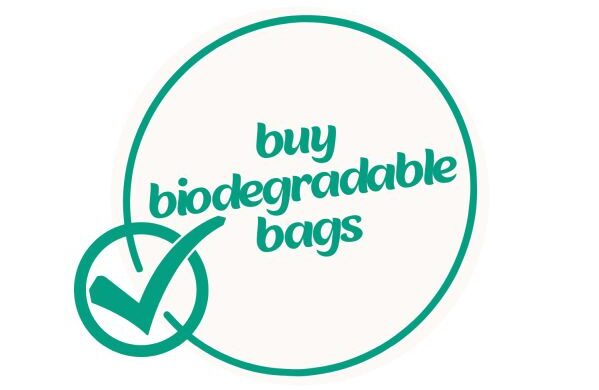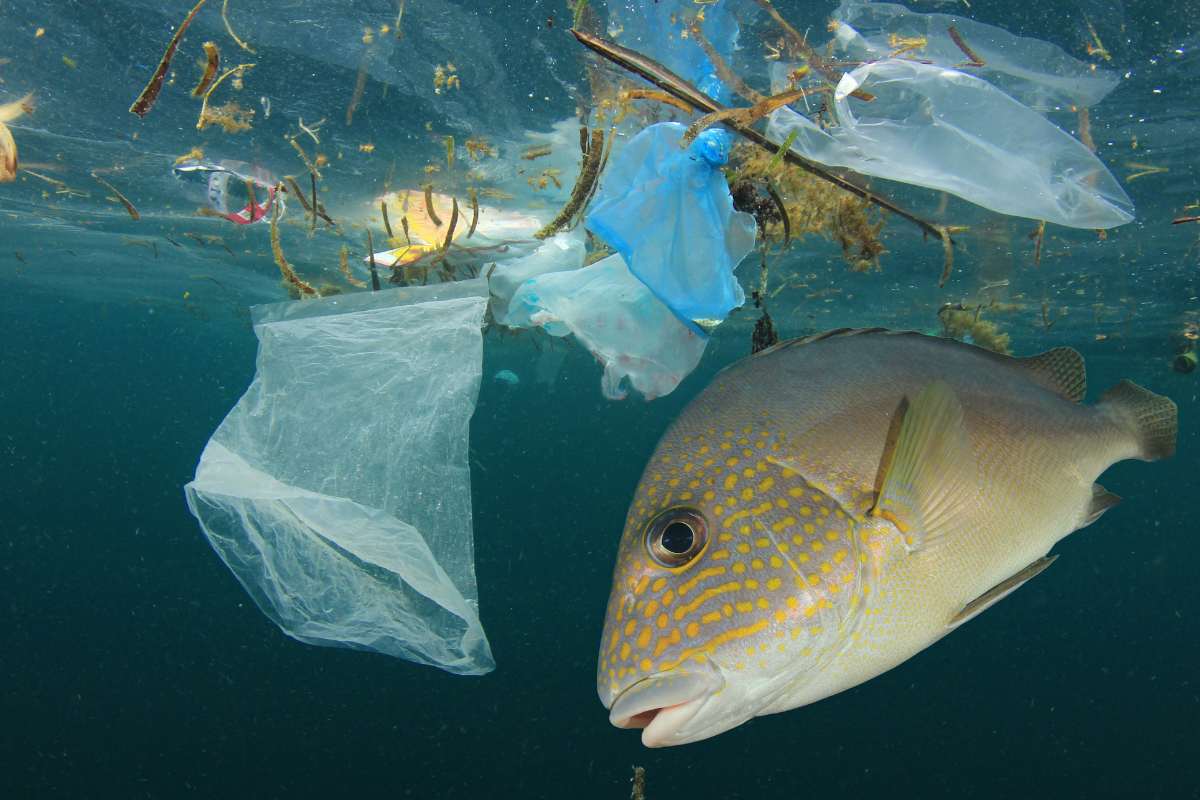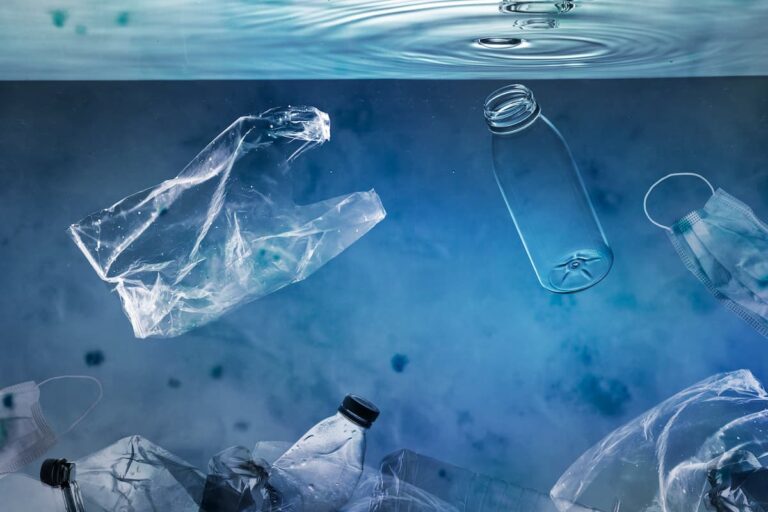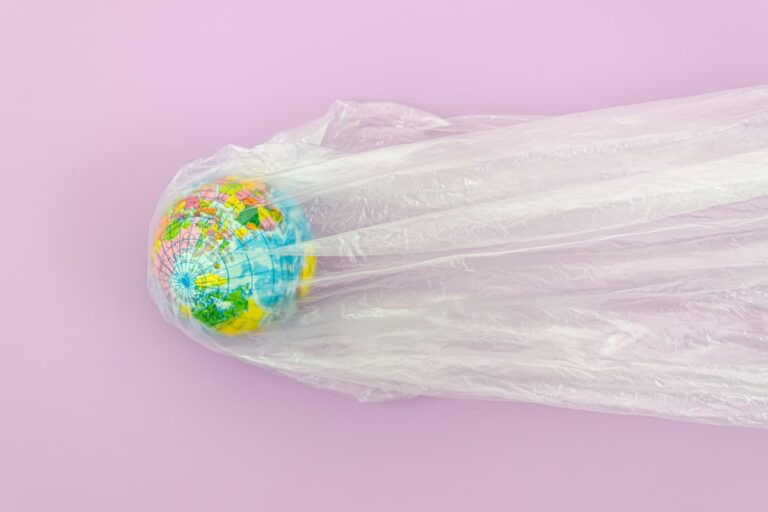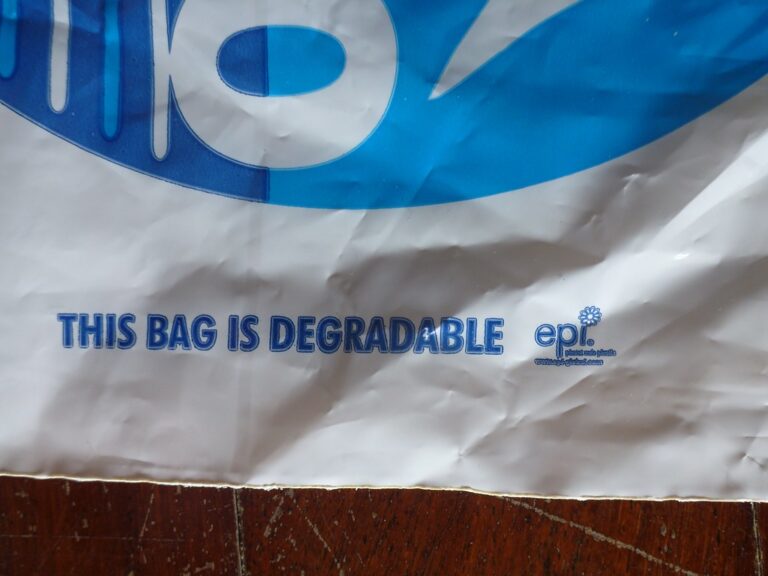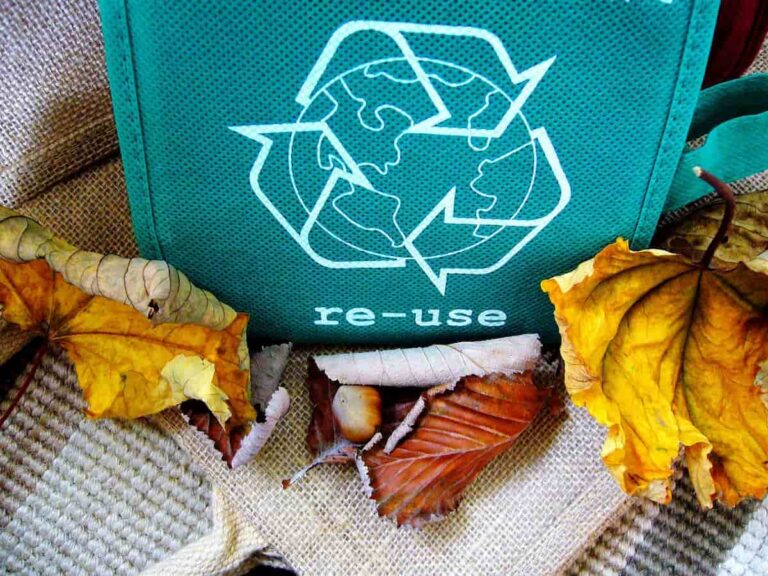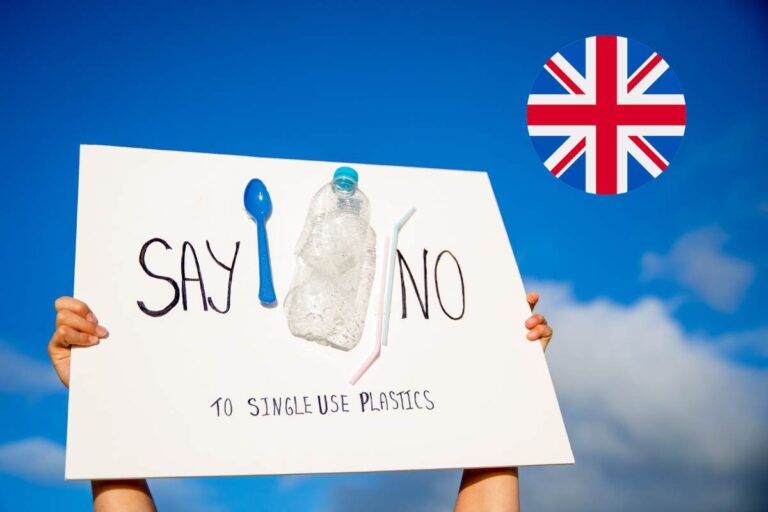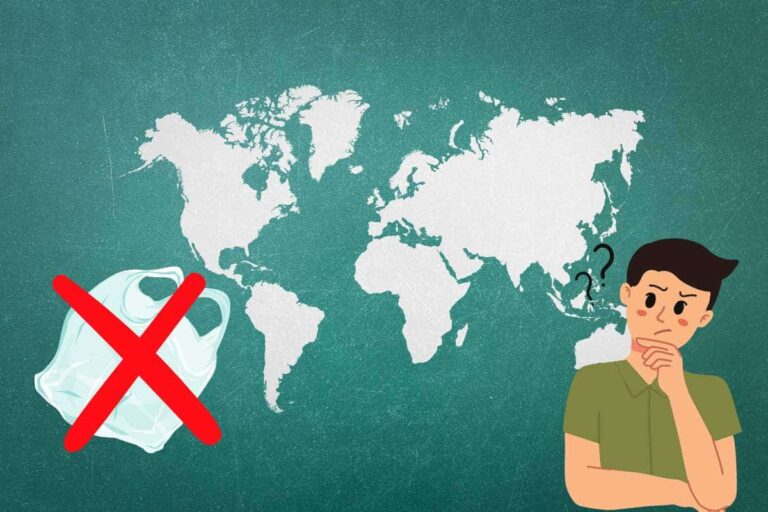Top 10 facts about the effects of plastic bags on marine life
The Top 10 Facts About How Single-Use Plastic Bags Harm Marine Life
The effects of plastic bags on marine life are severe. Animals like sea turtles, fish, and seabirds often ingest plastic bags, leading to blockages, malnutrition, or death. Plastic bags also cause entanglement in species such as seals and seabirds, resulting in injuries or drowning. Addressing this issue is crucial for protecting ocean ecosystems.
Plastic pollution is one of the most pressing environmental issues facing our oceans today. Of the many sources of this pollution, single-use plastic shopping bags are among the most prevalent and pervasive. These thin, lightweight bags are created for brief one-time use. However, they can last for centuries in the marine environment and cause significant harm.
Between 1 and 5 trillion plastic bags consumed globally each year, according to researchers’ estimates. With this massive scale of use comes an equally massive scale of waste. When not properly disposed of, plastic bags easily make their way into waterways and oceans. Once there, they entangle and choke marine wildlife, leach toxic chemicals, and accumulate in huge oceanic garbage patches.
Consumers have an important role to play in addressing this issue. By learning about and understanding the impacts of plastic bag pollution, people can make informed choices to reduce their use of single-use plastics. Here are the top 10 facts everyone should know about the effects of plastic bags on marine life.
1 Trillions of Plastic Bags Used Annually
The numbers around plastic bag use are staggering. Some key statistics:
- Between 1 to 5 trillion plastic bags used globally each year
- Over 1 million bags used per minute worldwide
- Up to 100 billion bags used annually in the US alone
This massive scale of plastic bag consumption has led to plastic bags becoming one of the most prevalent forms of waste found in marine environments. Such high usage also means tackling the problem requires action and awareness across regions, nations and continents.
2 Major Contributor to Marine Debris
Plastic bags are one of the most common types of litter found in the oceans. It’s estimated they make up as much as 10% of all marine debris.
Researchers have recorded over 1,500 plastic bags during 30 minute surveys of ocean garbage patches. Coastal communities see the impact first hand. Plastic bags are almost always in the top 10 items collected during beach clean-ups.
This abundant plastic bag waste is durable and slow to degrade in seawater. So it persists in the oceans, continuously accumulating and affecting marine life.
3 Entanglement and Ingestion
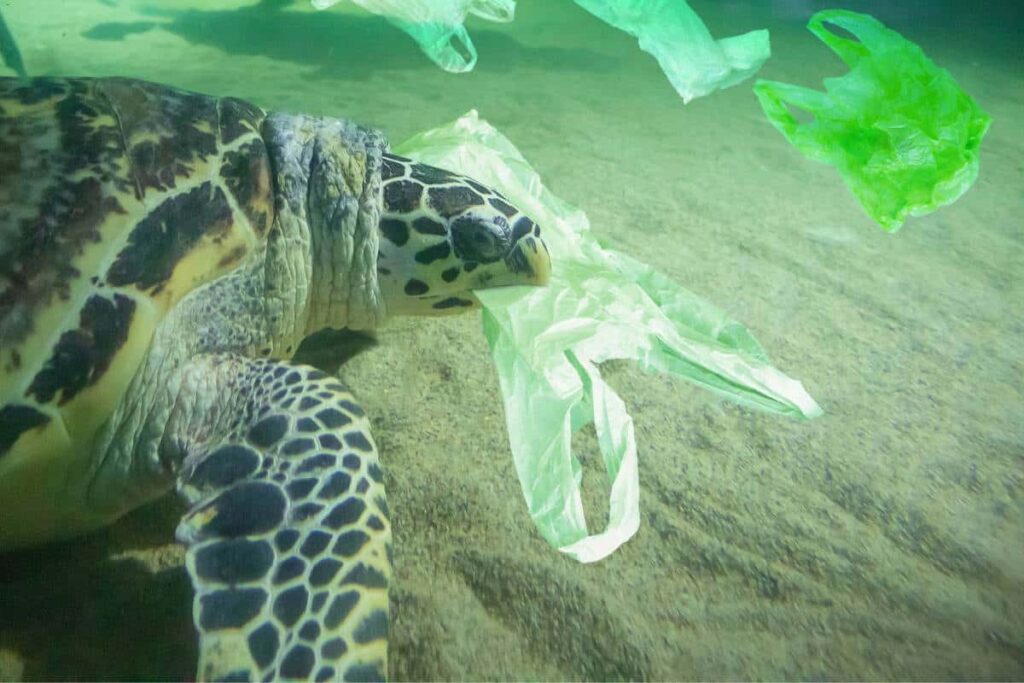
Wildlife often mistake plastic bags for natural prey or food. This frequently leads to injury and death.
Over 260 species of marine animals have been reported to ingest or become entangled in plastic debris. This includes fish, turtles, seabirds, whales, seals and other creatures.
In some regions, over 30% of certain species are found with plastics in their stomachs. For example, a study of deceased leatherback sea turtles found 34% had ingested plastic bags and other plastic waste.
Consuming and getting wrapped up in plastic prevents animals from moving, eating and functioning normally. It’s a significant factor in species decline and mortality.
4 Release of Toxic Chemicals
Plastics are made from chemicals like bisphenol A (BPA), phthalates and heavy metals. As plastic bags break down in the oceans, these toxins are released into seawater.
Studies have found chemicals leached from plastic bags can impair the growth and development of marine bacteria and algae. This poses a broader risk to ocean health and the entire marine food web.
The chemicals may also disrupt the endocrine systems of larger marine wildlife. Effects can include reproductive issues, increased cancer rates and other threats to the survival of aquatic species.
5 Low Global Recycling Rates
Worldwide, less than 3% of plastic bags are recycled. The rest end up as waste in landfills or the natural environment.
In the US, only 1% of plastic bags and films are recycled, despite recycling bins being available. Low recycling rates mean billions of plastic bags become litter each year.
Improving recycling infrastructure could help. But reducing use of single-use bags in the first place is the most direct way to lessen plastic waste entering vulnerable marine ecosystems.
6 Extreme Longevity
Once plastic bags enter marine environments, they are there to stay. Most bags are made from low-density polyethylene (LDPE).
Research indicates it could take anywhere from 10 to 1000 years for a plastic bag to completely break down in the ocean. This means bags discarded today will persist well beyond our lifetimes.
As plastics degrade they split into smaller microplastics. While no longer visible, these microplastics still contain toxins and are easily ingested by marine life. The longevity of plastics exacerbates these risks.
7 Legislation to Ban and Restrict Use
To combat plastic bag pollution, many jurisdictions have enacted legislation banning or restricting their use.
Over 127 countries now have some regulations to limit plastic bags. These include outright bans in Kenya, Italy, Rwanda and Taiwan. Others like England and Australia have imposed small levies or fees.
Early data shows such measures can significantly reduce use. For instance, England’s plastic bag fee led to use declining by around 85% within a year.
8 Entanglement and Suffocation
In addition to ingestion dangers, plastic bags floating in the oceans pose another hazard – entanglement.
Seals, turtles and other animals can become caught in drifting plastic bags. This restricts their movement and ability to swim. Entangled animals often drown or starve to death.
Plastic bags also smother and suffocate delicate coral reefs and seabed communities. Up to 80 plastic bags per square meter have been recorded blanketing the seafloor in some regions.
9 Breakdown into Microplastics
As mentioned earlier, plastic bags in the oceans gradually break down into tiny plastic fragments called microplastics.
These microplastics act like a sponge, absorbing toxins in surrounding waters. They easily enter the food chain when smaller organisms accidentally eat them.
Studies have found microplastics in the digestive systems of over 100 marine species. Exposure to microplastics poses risks like reduced fertility, organ damage and increased mortality.
10 Widespread Ecosystem Impacts
Taken together, the proliferation of plastic bags in marine environments contributes to a range of negative ecosystem impacts:
- Alters habitat, allowing invasive species to thrive
- Disrupts the balance of food chains and webs
- Decreases biodiversity as species decline
- Has consequences for human health through seafood consumption
Reducing single-use plastic bags will help restore the health of marine ecosystems worldwide. Doing so requires collective awareness and coordinated efforts.
The Bottom Line
The 10 facts outlined show that plastic bags pose a significant threat to the oceans and marine life. From ingestion and entanglement to ecosystem changes and bioaccumulation of toxins, the impacts are far-reaching.
The effects of plastic bags on marine life are severe. These seemingly innocuous items cause significant harm by blocking digestive tracts, entangling animals, and leaching toxins into the ocean. Addressing this issue requires urgent action to reduce plastic waste and protect marine ecosystems from further damage.
As consumers, we can all take steps to curb usage of single-use plastic bags. Simple actions like bringing reusable bags when shopping and avoiding unnecessary plastics make a tangible difference. Collectively, our choices and behaviors can help protect marine species and habitats for generations to come.
